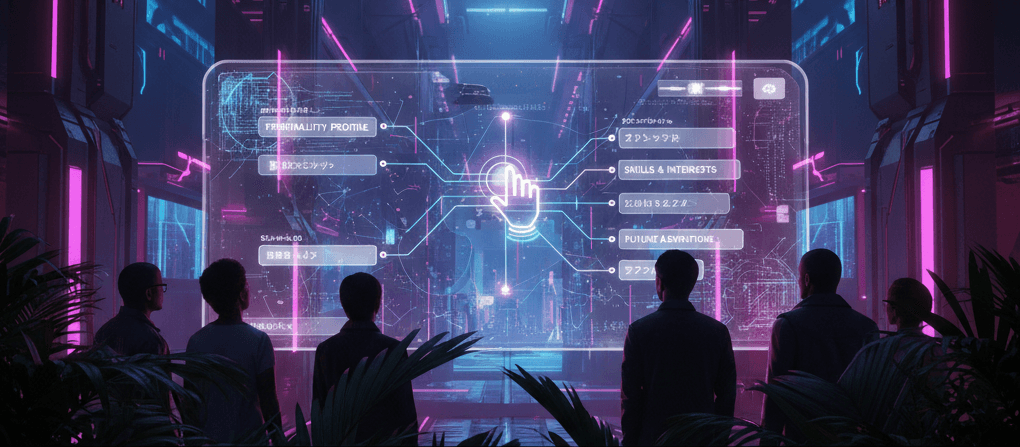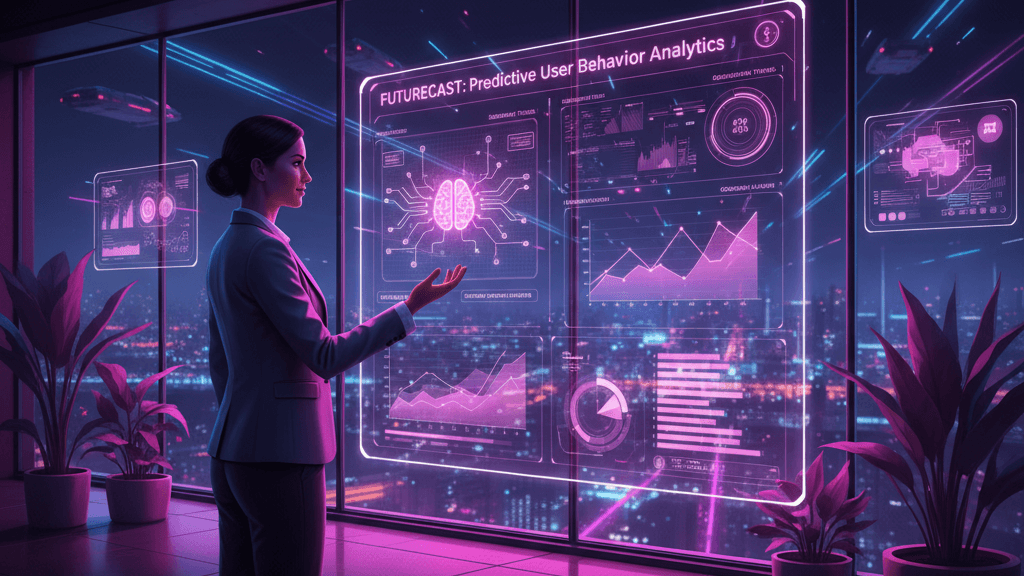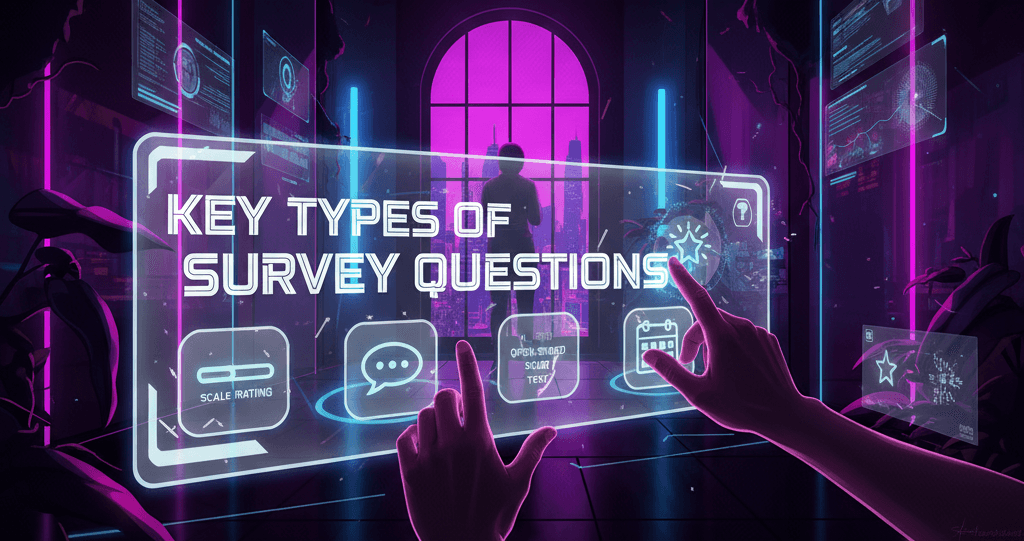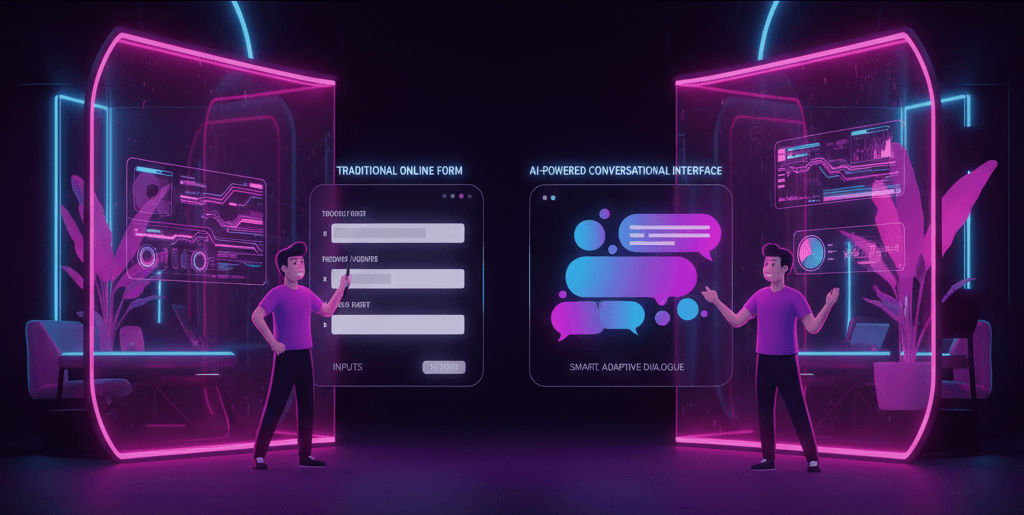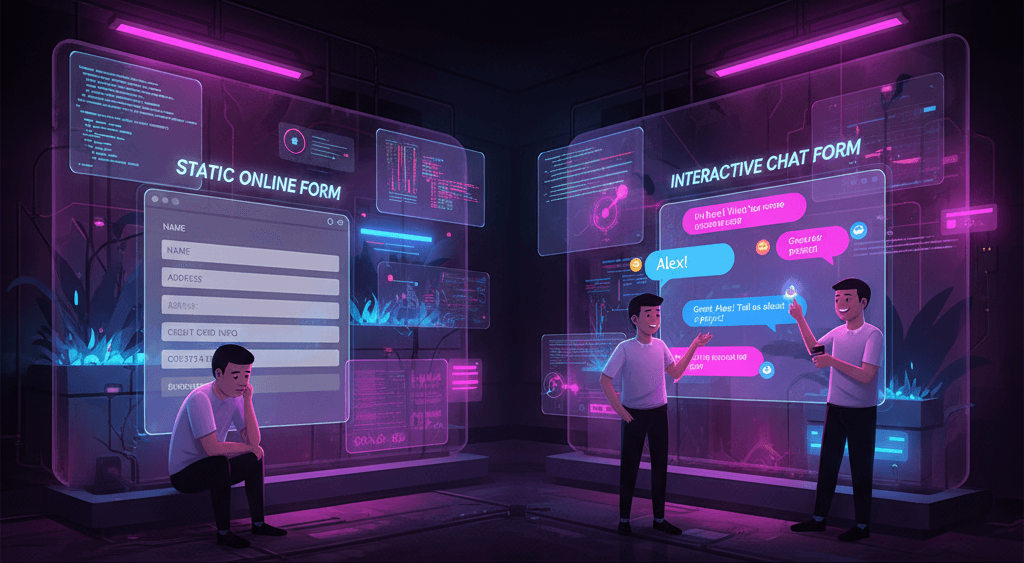AI customer service agents have quickly evolved from simple chatbot assistants to powerful sales-enabling tools. What began as a solution for reducing customer support overhead is now reshaping the way businesses uncover upsell and cross-sell opportunities.
Companies that effectively implement AI in their customer service operations are discovering that these tools can drive revenue, personalize interactions, and identify sales moments far better than traditional methods.
In this comprehensive guide, we’ll explore how businesses can strategically leverage AI customer service agents to identify and act on upsell opportunities.
You’ll discover the technologies behind AI’s intelligence, practical frameworks for implementation, examples from leading companies, and the ethical considerations involved. Let’s unlock how AI is turning customer service into a revenue-generating powerhouse.
Understanding the Search Intent
When users search for terms like “leveraging AI customer service agents to identify and upsell opportunities,” they typically fall into one of three categories. Some are decision-makers looking to improve conversion rates and customer lifetime value through AI.
Others are marketing or operations teams trying to understand what AI can realistically do. And some are developers or IT leads wanting to evaluate technologies and implementation paths.
The search intent here is both transactional and investigative. This blog addresses all angles, strategy, technology, implementation, and performance measurement, to deliver a comprehensive solution.
Why AI Customer Service Agents Are Game-Changers
Modern AI agents don’t just respond to queries, they analyze tone, timing, sentiment, and intent in real-time. For instance, if a customer is asking about upgraded shipping, a well-trained AI may suggest a premium subscription or product bundle that enhances the experience.
These AI agents offer consistent, on-brand service at scale, operating efficiently whether it’s midnight or a holiday. In addition to providing around-the-clock service, they can deliver personalized recommendations that are both timely and relevant.
The biggest shift is that these tools no longer just reduce costs, they actively contribute to sales.
Companies like Verizon have seen significant results by implementing AI in their customer support teams. In fact, Verizon reported a 40% increase in upsell conversions by using AI to assist agents.
This blend of real-time analysis, consistent engagement, and scalable intelligence makes AI agents indispensable for businesses aiming to boost revenue through smarter customer interactions.
Core AI Technologies Enabling Upsell Identification
Several core technologies empower AI customer service agents to identify upsell opportunities effectively. Natural Language Processing (NLP) allows AI to understand and process customer intent from text or speech.
Through entity recognition, syntax parsing, and sentiment analysis, it identifies what the customer really wants, often before they explicitly say it. Predictive behavioral analytics takes this further by using behavioral data to predict purchasing intent.
For example, if a customer frequently checks the specs of a higher-tier product, AI can surface a relevant upsell during the conversation.
Sentiment and emotion analysis tools, such as IBM Watson and Microsoft Azure Cognitive Services, can detect emotions like frustration, happiness, or curiosity. This enables the AI to tailor its upsell attempts, offering help before a complaint or suggesting premium options when the customer is clearly satisfied.
Real-time agent assist technology also plays a vital role. These tools empower human agents by suggesting upsell options live during interactions. Imagine a customer support representative receiving a whisper alert saying, “Offer 10% off Product B, customer is considering an upgrade.”
Finally, integrating AI with your CRM system enhances personalization. For example, if a customer previously purchased a phone, the AI may suggest complementary accessories during future interactions. This integration across channels like chat, email, and voice ensures a seamless and unified customer experience.
Step-by-Step Implementation Framework
Begin your AI upselling journey by auditing your current customer journey. This means mapping out your customer service flow in detail and identifying frequently asked questions, decision points, drop-off moments, and areas where human agents often suggest upgrades. Next, identify high-impact upsell triggers.
Look for behavioral patterns that suggest upsell readiness, such as extended time-on-page for premium features, inquiries about add-ons, or repeat purchases within a category.
Once you’ve identified these triggers, choose the AI capabilities that match your needs. For simpler workflows, rule-based bots may suffice. For more nuanced conversations, conversational AI tools like ChatGPT are ideal.
If customer tone plays a significant role in your business, sentiment tracking becomes a must-have. After selecting your tools, roll them out in a controlled pilot. Start with one product category or service line, and A/B test interactions with and without AI. Track metrics such as upsell acceptance rates, customer satisfaction, and interaction times.
Human agents are still essential. Train them using insights generated by AI. This includes surfacing best practices from high-performing reps, offering real-time response suggestions, and using post-chat analysis for feedback.
Finally, establish a performance monitoring system. Review which upsells perform best, when customers are most receptive, and whether any interactions result in drop-offs after an upsell attempt. Also, ensure governance and ethical considerations are addressed. This means complying with regulations like GDPR, establishing transparent data use policies, and regularly auditing AI models for bias.
Human + AI Collaboration: Best Practices
Even with advanced AI, human agents remain critical, especially when addressing emotionally charged or complex customer needs. The best approach is to treat AI as a sidekick, not a replacement.
AI should handle FAQs, route tickets, and suggest upsells, while human agents manage edge cases that require empathy and critical thinking. Leading platforms like Zendesk and Intercom use AI to provide real-time suggestions to agents, a practice often referred to as “AI whispering.”
Training should be continuous and data-driven. AI can analyze chat logs to detect trends and performance gaps, offering guidance for agent coaching. After each customer interaction, AI tools can scan conversations, generate summaries, and highlight missed upsell opportunities.
These insights can be used in regular training sessions to refine agent techniques and boost overall conversion rates. By combining AI’s analytical capabilities with human emotional intelligence, companies can deliver a more effective and empathetic customer service experience.
Omnichannel Integration & Case Scenarios
In today’s digital landscape, customers interact with brands across multiple channels, websites, mobile apps, voice calls, and more. AI must operate seamlessly across all of them.
For example, chatbots on websites can be programmed to upsell based on real-time behavior, suggesting complementary products just as a customer is about to check out. In voice interactions, AI can interpret tone and guide users toward premium options during support calls.
Email is another powerful channel. AI-powered email responses can analyze customer inquiries and embed subtle upsells. For instance, an email acknowledging a recent purchase might suggest a matching product or service. In-app and SMS channels are ideal for real-time nudges.
AI can track user actions within an app and trigger personalized messages or discount codes.
A standout example is Uber Eats’ use of Kea.ai’s voice AI. The system automatically suggests food add-ons like drinks and desserts during customer support calls. This has successfully increased average order values, demonstrating how AI can be leveraged to drive revenue without human involvement.
Measuring Success: KPIs & Metrics
To evaluate the effectiveness of your AI upselling strategy, focus on a few key metrics. Upsell conversion rate is crucial, it tells you how many of the offers presented are actually accepted. Average order value (AOV) provides insight into how much more customers are spending per transaction due to upselling.
Customer lifetime value (CLV) is a longer-term metric that measures whether AI is helping to retain customers and encourage repeat purchases.
You should also track chat-to-sale conversion rates to see whether support interactions are translating into revenue. Customer satisfaction scores, such as CSAT and Net Promoter Score (NPS), help ensure that your upselling efforts aren’t negatively affecting the customer experience. Tools like Google Analytics, Salesforce, Zendesk Insights, and Mixpanel can help you collect and analyze these metrics effectively.
Data Ethics & Privacy
Implementing AI in customer service comes with ethical responsibilities. First and foremost is data consent. Customers should be informed that their interactions may be analyzed by AI systems.
Bias monitoring is also essential. Regular audits should be conducted to ensure that AI recommendations are fair and not skewed against any particular group.
Explainability is another key factor. Customers deserve to know why a certain offer was made to them. This builds trust and enhances the customer experience.
It’s also important to include fail safes, allowing users to opt out of AI interactions or escalate their issues to a human agent when necessary. Failing to address these concerns can lead to customer distrust, regulatory penalties, and long-term brand damage.
Advanced Trends & What’s Next
The future of AI in customer service is moving toward even greater personalization and proactivity. Generative AI models like GPT-4 can create highly tailored product recommendations and pitches in real-time, based on a user’s behavior and purchase history. This allows for hyper-contextual upselling that feels natural and valuable.
Emotion AI is another emerging trend. Tools like those from Uniphore analyze micro-expressions and vocal tones to detect emotions in real-time. This information helps agents adjust their tone and approach to better suit the customer’s mood.
Additionally, AI is becoming more proactive. Instead of waiting for a customer to reach out, it can predict when someone is likely to need an upgrade or replacement and initiate contact accordingly.
For instance, an AI could detect declining battery performance and offer a new device before the user even notices a problem.
Conclusion & Action Plan
AI customer service agents are no longer just a convenience, they’re powerful tools for driving sales. By leveraging technologies such as NLP, predictive analytics, and sentiment tracking, businesses can identify high-potential upsell opportunities and act on them in real-time.
To get started, begin by mapping your customer journey and identifying key upsell triggers. Select the AI tools that match your business needs and run a controlled pilot to test their effectiveness.
Train your human agents using insights generated by AI, monitor your performance, and scale what works.
By combining the strengths of AI and human intelligence, businesses can transform their customer service departments into revenue-generating engines. Now is the time to take action. Begin your AI journey with confidence and a clear strategy.




